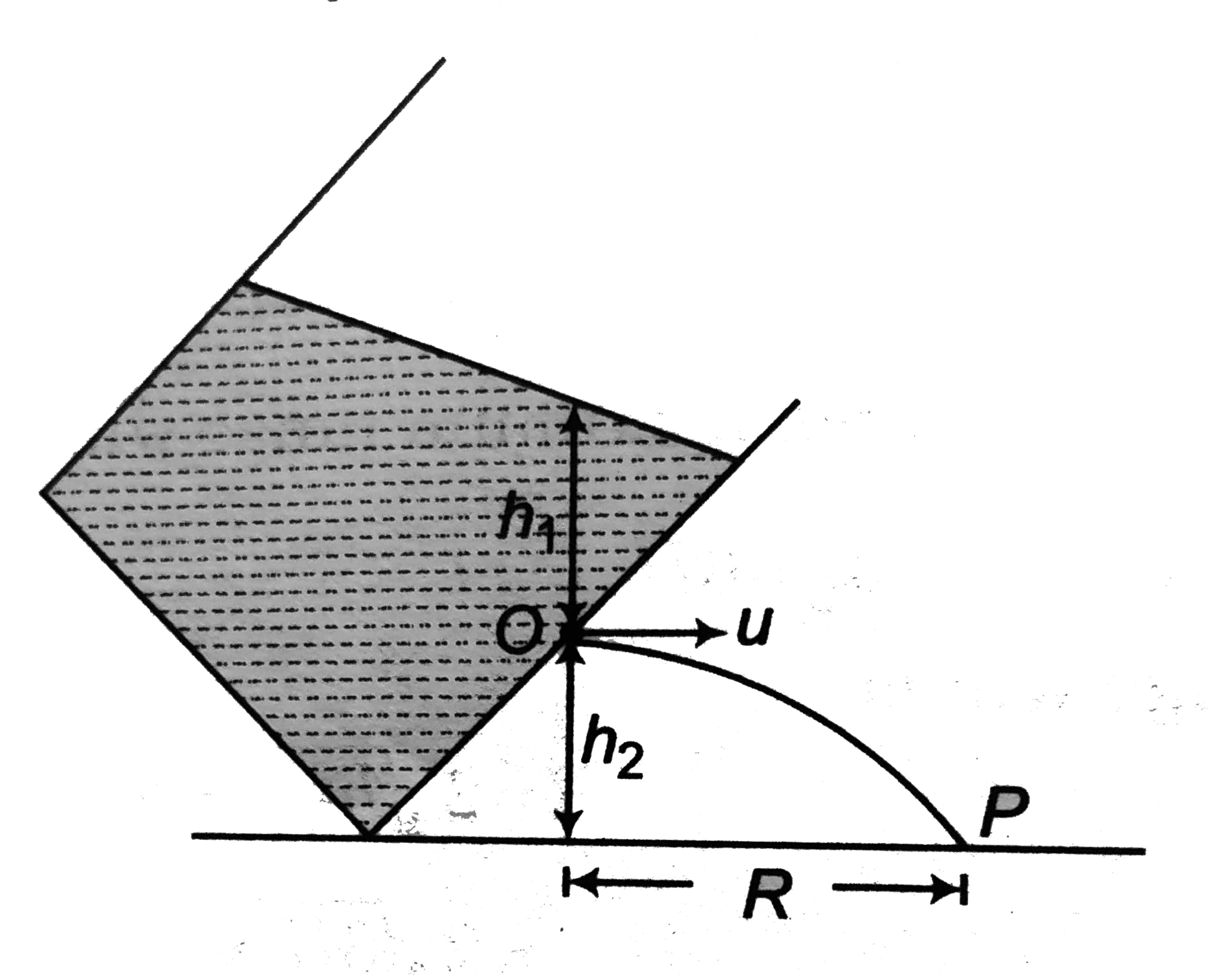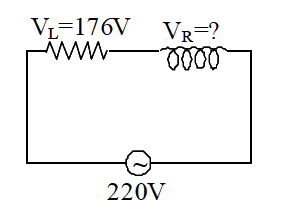In the figure show,

find v,top and R.
Video Solution
Text Solution
The correct Answer is:A, B, C, D
v=√2×g×distance of orifice from top surfaace of liquid
=√2gh1
top=free fall time (as v is horizontal)
=√2h2g (where , h2=free fall height)
R=vtop=(√2gh1)(√2h2g)=2(√h1h2).
|
Topper's Solved these Questions
- FLUID MECHANICSBOOK - DC PANDEYCHAPTER - FLUID MECHANICSEXERCISE - Exercise16.1
6 Videos
- FLUID MECHANICSBOOK - DC PANDEYCHAPTER - FLUID MECHANICSEXERCISE - Introductory Exercise
1 Videos
- FLUID MECHANICSBOOK - DC PANDEYCHAPTER - FLUID MECHANICSEXERCISE - Solved Examples
21 Videos
- EXPERIMENTSBOOK - DC PANDEYCHAPTER - EXPERIMENTSEXERCISE - Subjective
15 Videos
- GENERAL PHYSICSBOOK - DC PANDEYCHAPTER - GENERAL PHYSICSEXERCISE - INTEGER_TYPE
2 Videos
Similar Questions
Knowledge Check

The given figure shows T.S ofADicot rootBMonocot rootCSecondary growth in dicot rootDSecondary growth in monocot rootIn showing figure find VR –
 A132 VB396 VC185 VD√220×176 V
A132 VB396 VC185 VD√220×176 V
In the figure shown, find.

(a) time of flight of the projectile along the inclined plane.
(b) range OP.
View SolutionIn the figure shown, find.

(a) time of flight of the projectile along the inclined plane.
(b) range OP.
View SolutionIn given figure , OP = 5 cm and OR =12 cm and QR = 85 cm find the area of ΔPQR .

View SolutionIn figure A, B and C are points on OP, OQ and OR respectively such that AB || PQ and AC || PR. Show that BC || QR.

View SolutionIn the given figure DA⊥OP and DB⊥OQand ∠ADB=170∘ find ∠AOB.
View SolutionIn the figure, ∠APB=90∘

Find the length of OP if AP=2cm.
View Solution


 .
.